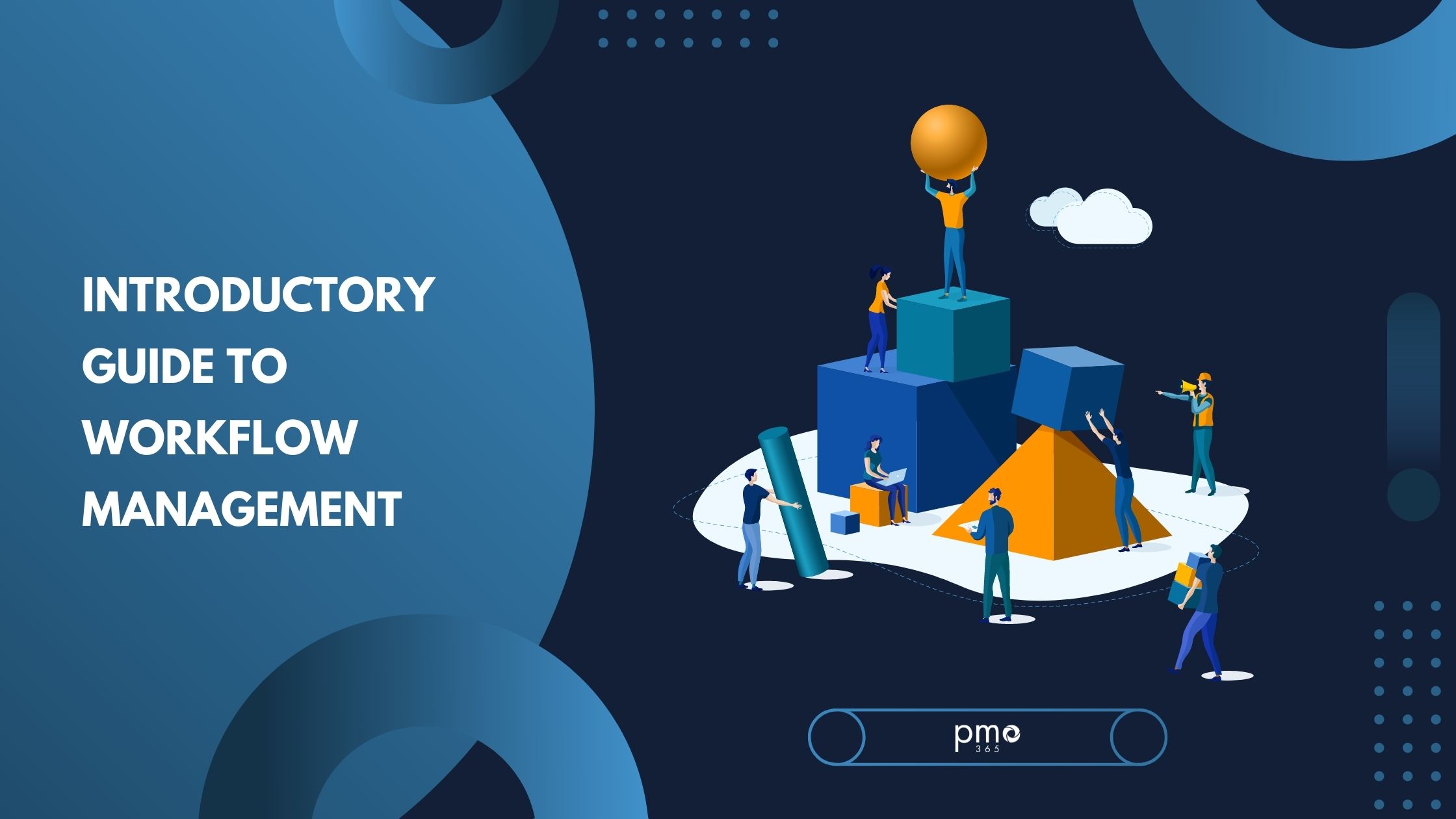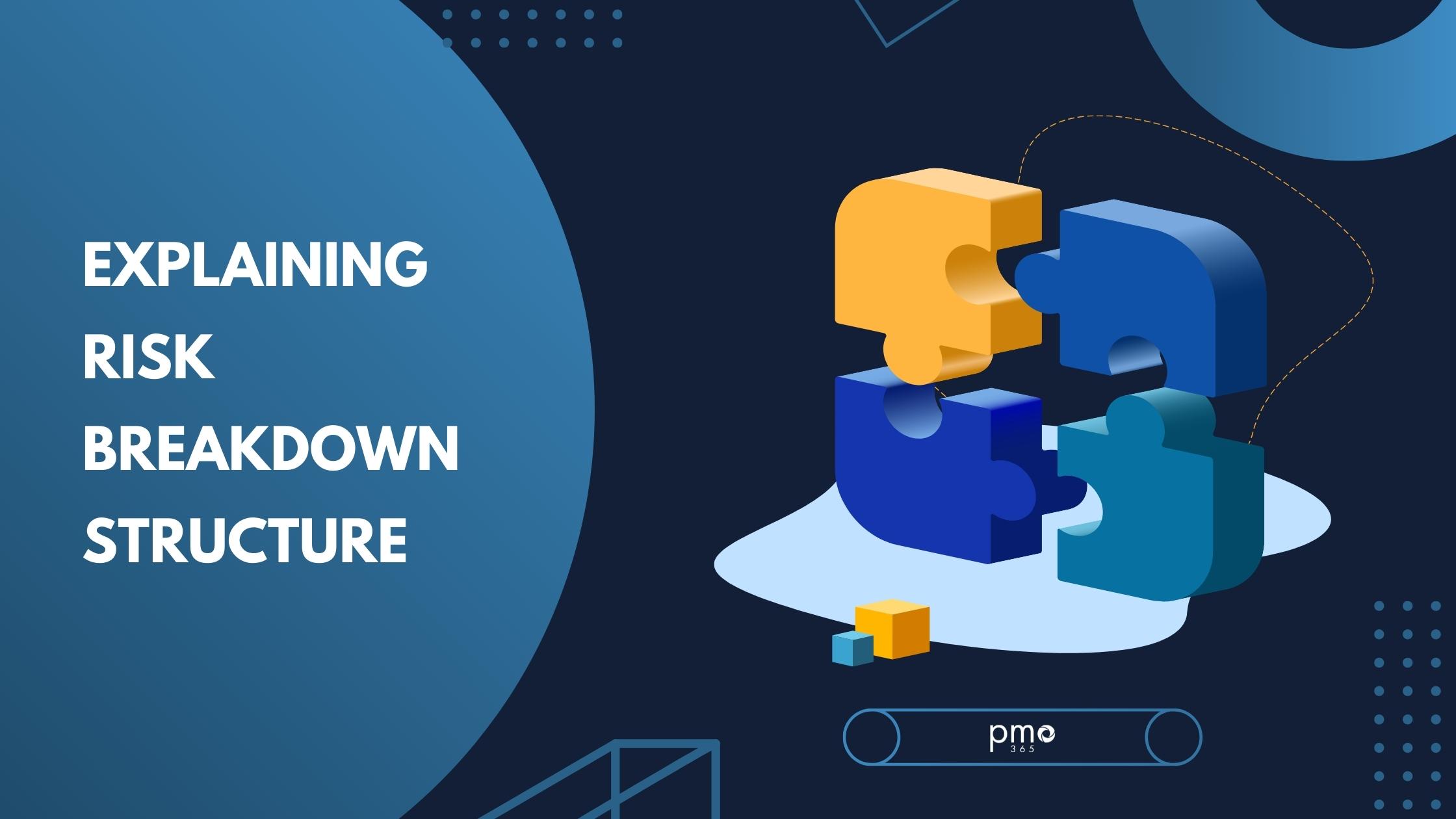When someone asks what is a Statement of Work you probably need to differentiate it from another closely-related project portfolio management (PPM) tool, the ‘scope of work document’. The Statement of Work (SoW) is a critical tool that helps significantly mitigate Scope Creep. The scope of work document is similar, but has a greater focus on the plans to achieve a project’s objectives.
In this post, we’ll explain both the Statement of Work and the scope of work, identity their key differences and uses, and help get you started on leveraging the benefits of these important project management tools.
What is a Statement of Work?
A Statement of Work is a comprehensive formal agreement that outlines a project’s deliverables. It acts as the foundation for project planning by listing the specific project requirements, activities, goals, deliverables, timelines, and more.
These lengthy documents, often reaching up to 12 pages, are largely used for external contracts. They minimise potential issues of miscommunication and conflict. By discussing and defining the project’s focus, clients and customers are less likely to make unreasonable or unjustifiable changes that might derail the project.
When is it best to use a Statement of Work
A well-written Statement of Work (SoW) as part of a powerful PPM solution can significantly improve project performance and success. With this document, teams easily document their progress, assess changes, and make decisions based on holistic and accurate data. SoWs are particularly suited for projects that deal with external clients or vendors to mitigate any potential risk of disputes. It ensures that all parties are in agreement with each other and that all necessary compliances are met.
What is a Statement of Work comprised of?
SoW documents come in different formats depending on the organisation and there are some amazing pre-made templates available to help get you started. However, there are some critical features an effective SoW should have:
Introduction
It is always great to start off your SoW with a brief introduction so readers know exactly what project it is and who is participating.
Project Purpose
This section outlines the justification behind the project. It states the objectives and purpose to allow the reader to understand why the project is valuable.
Scope of work
The scope of work section is typically the most detailed and will outline the individual tasks, responsibilities and resources needed to accomplish different tasks.
Location
This section details where the project will be delivered. Depending on the nature of the project, this can be a singular geographic location or can be set in a remote environment in which the team’s time zones and downtimes must be accounted for. This also identifies if there are instances where teams must be on site for special occasions that relate to project progress.
Project Tasks
Building upon the original scope and with the additional help of a Work Breakdown Structure (WBS), this section breaks down the project into individual tasks and contains details on who will complete the work and how it will be completed.
Milestones
Milestones are a great way of providing a general outline of the project’s schedule and breaks down the entire project into smaller chunks. These milestones are often set in conjunction with the WBS and project schedule.
Deliverables
This section lists out all the expected deliverables along with their expected due dates. These deliverables are typically specific and quantifiable to avoid misinterpretation.
Schedule
The schedule can outline more than expected due dates. It further defines the expected start and end times of each task and any additional billable hours.
Industry standards and testing
The SoW will list out all industry-specific standards that may apply to different tasks and all necessary compliances that must be met. Additionally, if testing is required for the project, all the requirements, expected timelines and other resources will be listed out here.
Success definition and measures
This section includes a clearly defined and agreed-upon definition of what all involved stakeholders would consider a successful project. Depending on the type of project, different measures of success or performance indicators can also be included to reduce opportunities for misinterpretation.
Project requirements
This section not only lists out the necessary requirements of the project such as certain certifications, equipment, and resources.
Special requests
This section outlines other requests that may not have made it to the core objectives and requirements of the project but can be considered as the project progresses. This also helps outline how additional requests can be made, assessed, prioritised and incorporated into the project as it progresses.
Contractual details
This involves the outline of legal proceedings that include details such as the type of agreement, terms and conditions and other stipulations that have been negotiated by the client and team.
Payment schedule
This section outlines the project acceptance schedule, the overall budget, payment timeframes and payment methods for the project. For example, there can be an agreement that payment is to be made after certain milestones like feature deployments or testing sessions.
Miscellaneous/ Other
This section involves any other relevant information that does not fit into the prior categories but should be made known to all stakeholders. Items in this section can include discussions on security issues, restrictions, certain project assumptions, travel costs, and more.
Scope of Work vs Statement of Work
While the two documents are often interchangeably known as SoW, they have distinct differences.
Scope of Work
The scope of work is the foundational document that outlines the necessary resources or outputs required to achieve project deliverables. It is typically used internally with a focus on aligning project teams to project deliverables. When deployed successfully, it avoids backlogs, timeline overruns, and additional expenses. The scope of work is often crafted alongside a work breakdown structure (WBS) to define tasks and contingencies.
The typical components of a scope of work document include:
- Project Objective
- Project Timeline
- Project Milestones
- Project Deliverables
- Project Reporting
As you can see, the Statement of Work (SoW) document can also act as a legally binding document. It is a higher-level approach that details not only what needs to be done, but how it should be done. From outlining special requests to contractual details and measures of success, the SoW is a vital communcation tool. It effectively minimises the risk of miscommunication and conflict with stakeholders and clients.
What is a Statement of Work in practice?
The Statement of Work document is an important tool that minimises the risk of scope creep in your projects and portfolios. It builds upon the scope of work document to provide a robust structure for your teams and stakeholders. The Statement of Work document is one of the key steps in planning and negotiating project delivery with consistency clarity.
If you want to learn about PPM solutions and pmo365 in practice, check out our capabilities page!













